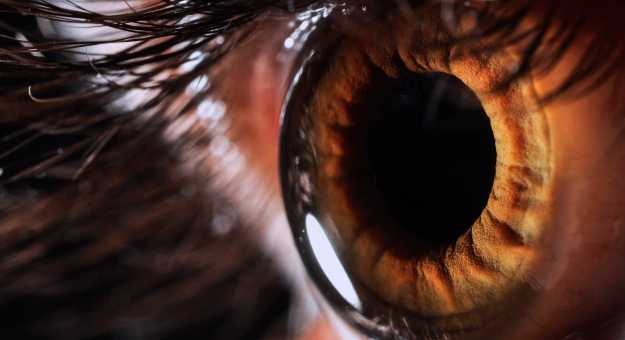
About MacTel
What is MacTel?
Macular telangiectasia [tel-an-jee-ek-tei-sia] type 2, or MacTel, is a rare disease that typically causes a loss of vision in both eyes in the center of your field of vision.
While the exact cause of MacTel is not fully understood, some evidence suggests that it may run in families.
MacTel currently has no effective treatment, but there are things you can do to manage your symptoms.
How does MacTel impact vision?
There are a few types of MacTel. All affect a part of the eye called the macula and cause central vision loss. Type 2 is the most common and is believed to be caused by the loss of certain cells, called photoreceptors. Once these cells are lost, they don't come back.
MacTel may happen when there are changes in your retina, the part of your eye that senses light. These changes can lead to the loss of light-sensing cells known as photoreceptors. These cells react to the light that enters your eye and help your brain understand images you see.
As you continue to lose photoreceptors, your vision can start to blur or you may eventually lose vision.
Who does MacTel affect?
MacTel occurs most often in people in their 40s and 50s, although for some, symptoms can appear as early as in their 30s.
Nearly half of people diagnosed also have heart-related issues, diabetes mellitus, hypertension, or are overweight.
However, it does not appear that these conditions cause MacTel.
I just figured I was getting to the age...where I could use some better glasses.”
What are the symptoms of MacTel?
Common symptoms of MacTel include:

Distorted central vision

Blurriness

Blind spots
You may notice things such as missing letters or dark spots in your vision when you try to read or straight lines looking crooked or curvy. Symptoms vary by individual and by the state of their disease.
It is important to share all your symptoms with your eye care providers, even if they seem minor or aren’t a big deal right now.
[It’s] like you're looking through a wet window.”
You may also be interested to:


This is not a journey you have to take alone.
Neurotech is constantly innovating new ways to protect against vision loss. We’re committed to providing education about MacTel and partnering with support and advocacy groups to meet the needs of this community.


